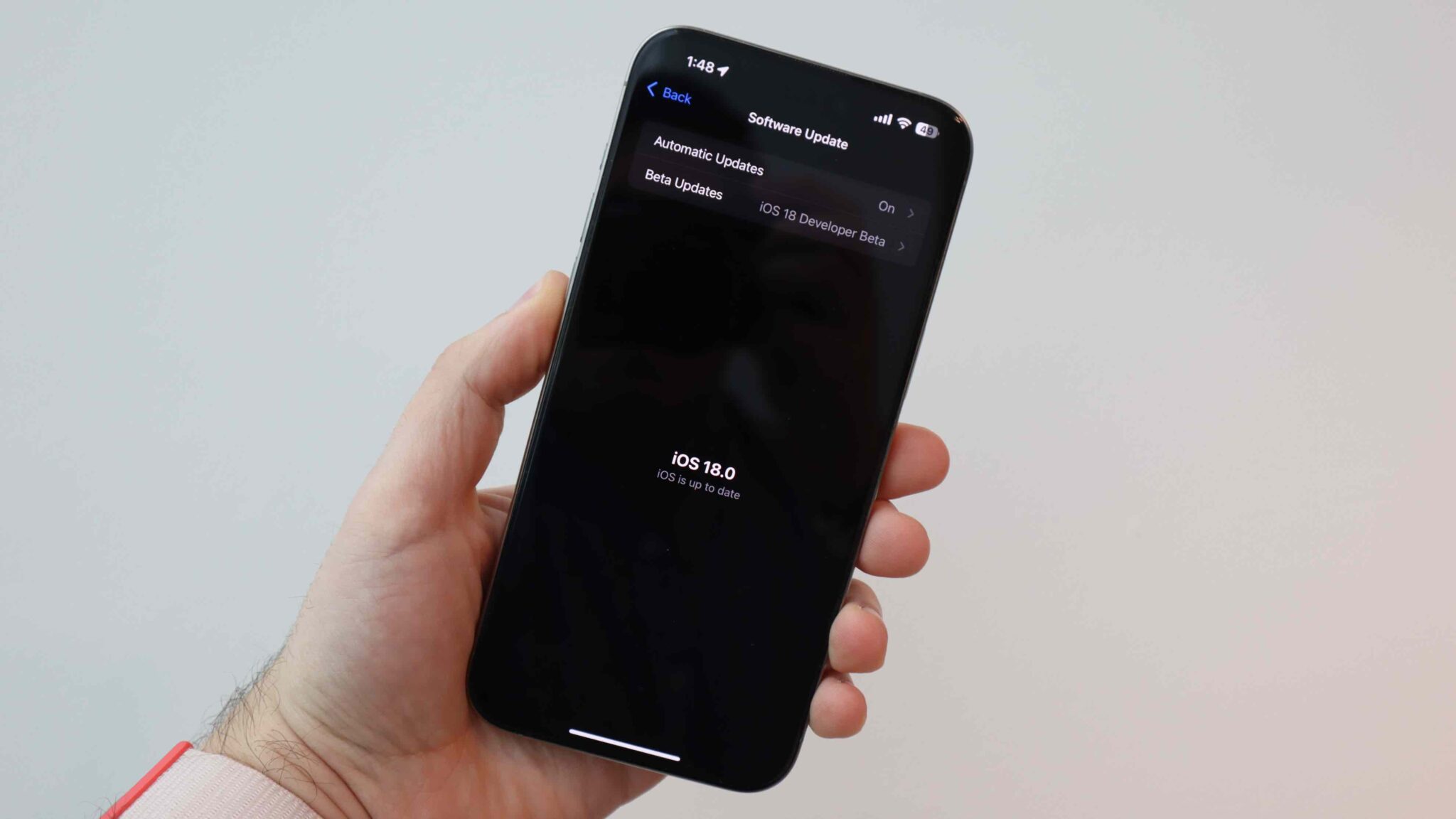- Ahead of WWDC 2025, Apple is sharing install stats for iOS 18 and iPadOS 18
- If you haven’t installed iOS 18 yet, you’re in the smaller group, as it’s on 82% of all eligible devices
- Apple doesn’t guarantee a number of years for software updates for its devices
Have you been using iOS 18 on your iPhone since it was released in September? Or maybe you’re in the camp of waiting a bit to upgrade until friends or family do, or you read reactions from those who’ve tested it.
Well, regardless of which camp you’re in, Apple’s iOS 18 – and iPadOS 18, the operating system for the iPad – are officially eight months old. While that’s not a year, the company’s 2025 Worldwide Developer Conference is kicking off on Monday, June 9, with an opening keynote. We’re expecting the reveal of the next generation of iOS and other platforms.
In the days leading up to that event, Apple is sharing the final usage numbers of iOS 18 and iPadOS 18. While the tech giant doesn’t promise a specific number of years for software updates and equally essential security updates, iOS 18 supports up to iPhone XR/XS, and iPadOS 18 works on the iPad 7th Gen, iPad mini 5th Gen, iPad Pro 1st Gen, and iPad Air 1st Gen.
That’s an extensive range of supported devices, and for iOS 18, 82% of all eligible iOS devices are running the latest and greatest from Apple. Regarding eligible devices released in the last four years, the installation rate is higher: 88%. Meanwhile, 71% of all iPads that can run iPadOS 18 have it installed, and iPads released in the last four years have an install ratio of about 81%.
iOS 18 and iPadOS 18 were pretty big updates, as well – for one, it did start the rolling launch of Apple Intelligence with iOS 18.1 in October of 2024, but that remains incomplete, and the much-anticipated AI-powered Siri is still delayed. You can use features like Genmoji, Image Playground, Writing Tools, and Visual Intelligence on eligible iPhones or iPads that support Apple Intelligence.
Beyond that suite, though, iOS 18 broke the so-called app grid, allowing you to place apps wherever you like – even with spaces in between – on the iPhone and iPad. It also lets you adjust the color or tone of your entire home screen, including app icons. The Photos app was redesigned and added customization, but wasn’t loved by everyone. Also, Apple finally added support for RCS messaging, as well as being able to rework the layout of Control Center.
It was a solid, sizable release for iOS and iPadOS, which even got smaller updates and is currently sitting at iOS 18.5 and iPadOS 18.5. Many of the features do work on devices as far back as the iPhone XR, though overall speed and battery life might vary.
So if you haven’t updated to iOS 18 yet and you’re on iPhone, Apple’s latest numbers do put you in the smaller group. That’s not a bad thing, but it’s a good idea to keep your phone up to date beyond just the new features, as privacy and security updates are also included within these updates.
But how does this compare to Android phones? As I wrote above, Apple doesn’t guarantee a timeframe, but you can see that it goes back six years for iPhones, as the XS was released in 2018.
Samsung now guarantees most of its Galaxy phone lineup for seven years of software upgrades, while Google Pixel phones receive five years of updates for the Pixel 6 and older, and this increases to seven years for the Pixel 7 and newer. That means if you get a Pixel 9, you can expect updates through 2031.
Depending on the model, Motorola offers three years of major OS updates plus an additional year of security updates. OnePlus offers four years of OS and security updates on its eponymous flagship phones.
While we expect new versions of iOS and iPadOS at WWDC 2025, the rumor mill hasn’t mentioned Apple promising a specific number of years of software and privacy updates. That could happen, but I think the focus will be on the much-rumored ushering in of a Vision Pro-like design for the rest of the platforms – think glassy and sleek throughout.
Read the full article here














